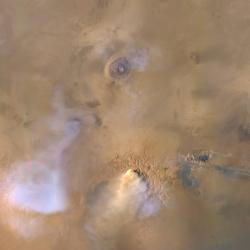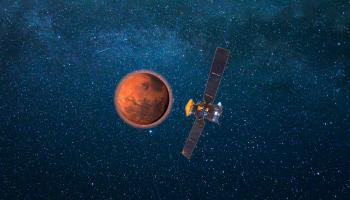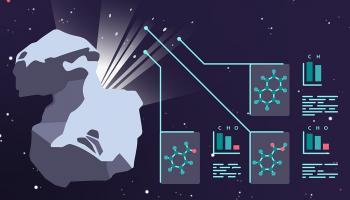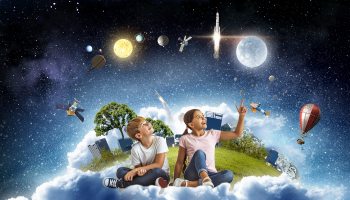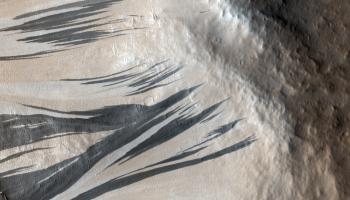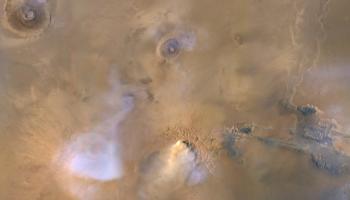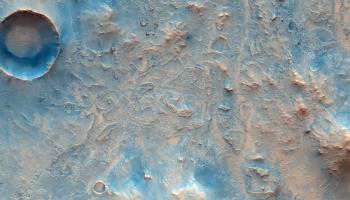The Principal Investigator (PI) for the NOMAD instrument onboard ESA’s ExoMars Trace Gas Orbiter - currently orbiting and observing the planet Mars – is the group Planetary Atmospheres of BIRA-IASB. Consequently, it is up to our researchers and engineers of this group to handle, among other things, the calibration (to check how accurately the instrument is working) and the set-up and maintenance of the data pipeline (the software that converts all the incoming raw data into information that the scientists can analyse).
A few years ago the European Space Agency’s Rosetta spacecraft visited comet 67P Churyumov-Gerasimenko (2014-2016). You may remember the spectacular images of the Philae lander as it settled down on the comet surface. The scientific instruments onboard Rosetta collected detailed measurements of the comet. In particular, the Double Focusing Mass Spectrometer (Rosina-DFMS) – built by the University of Bern with important contributions from the Royal Belgian Institute for Space Aeronomy (BIRA-IASB) in Uccle – has turned out to provide fascinating information about the comet’s composition.
This year's autumn will be kicked off by a new edition of the Space Pole's Open Doors! On Saturday and Sunday, September 24 and 25, you will get the unique opportunity to step onto the grounds of the Space Pole in Uccle (free entrance). A weekend of fun and games for the youngest, scientific discovery for the whole family and direct interaction with the scientists themselves. Whether you come to see the telescopes or to learn about the weather, the climate, the aurora or the planets of the solar system, we have it all lined up for you. See you then!
All through the summer and until October 31 of this year, you can find information on RoadMap (ROle and impAct of Dust and clouds in the Martian AtmosPhere) and other ongoing Mars research at the exhibition “ExoMars: Europe’s new era of Mars exploration” at Astropolis in Ostend, Belgium.
-Article from NASA-
By combining observations from three international spacecraft at Mars (including BIRA-IASB's NOMAD instrument), scientists were able to show that regional dust storms play a huge role in drying out the Red Planet.
-Article from the European Space Agency-
New findings from the ESA-Roscosmos Trace Gas Orbiter set new upper limits on how much methane, ethane, ethylene and phosphine is in the martian atmosphere – four so-called ‘biomarker’ gases that are potential signs of life.

